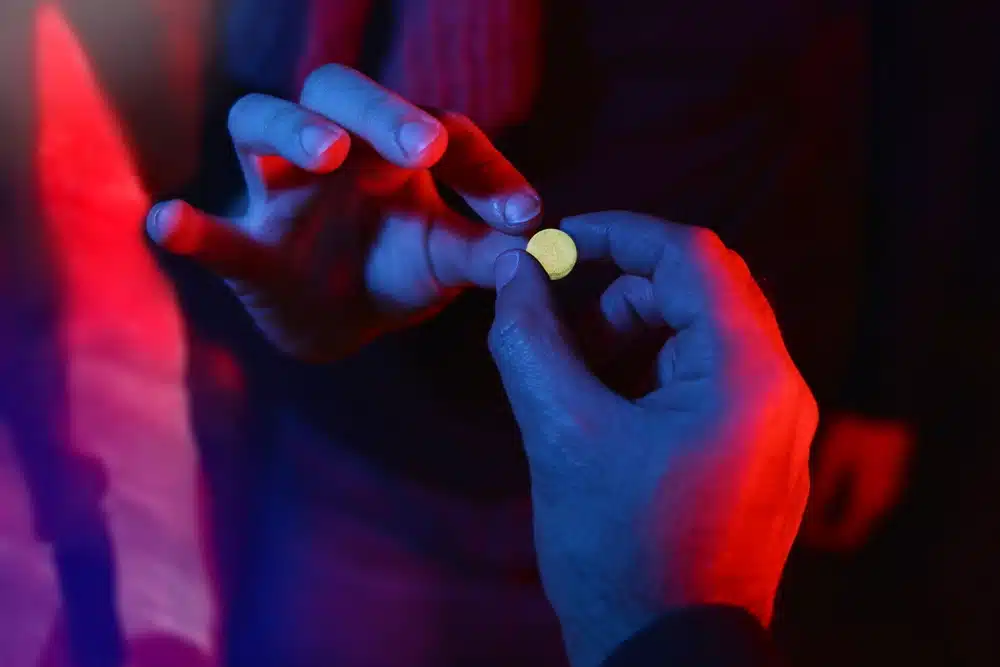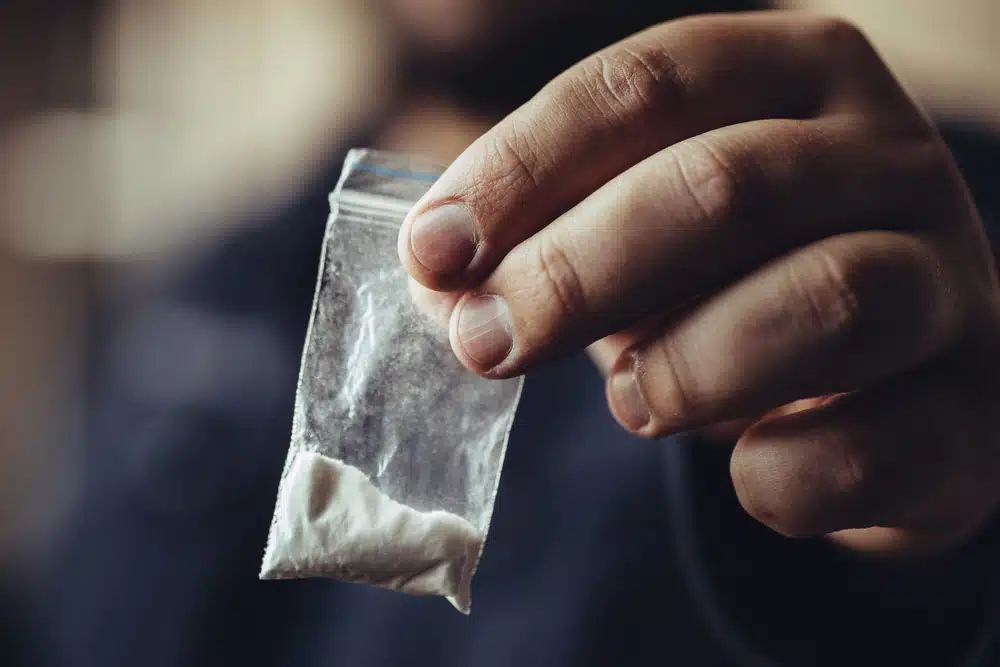
A growing body of evidence suggests a strong link between club drug use and the development of substance use disorder. While not everyone who uses party drugs will develop an addiction, these substances pose unique risks that can increase the likelihood of developing SUD. By understanding the potential risks and long-term consequences, you can make informed decisions about their substance use and prioritize their well-being.
This article will explore the connection between party drugs and substance use disorder. We'll also look at how they affect the brain, behavior, and overall health.
Party drugs, also called raves or designer drugs, are recreational drugs often used in social settings like parties, clubs, music festivals, and other social gatherings. People, especially young adults, use these types of drugs for a range of reasons, including:
Most people favor party drugs because they're perceived to enhance social interaction by heightening euphoria, energy, and empathy. But what most people don't know is the risk they expose themselves to when they use party drugs.
For one, these drugs are made synthetically in labs. So, they can have unexpected side effects during use because of contamination or substitution during formulation. Besides, drug dealers and manufacturers often cut the drugs with other substances to increase potency or profit margins.
This can put users at risk of overdose or even death, especially when their bodies aren't used to the drug. In some cases, the drugs are laced with a date rape drug putting individuals at risk of sexual assault or other forms of harm.
Above all, club drugs for recreational use can lead to drug addiction. We'll discuss more about this in this article, but first, let's look at the types of club drugs.

During drug parties, people can use legal and illegal drugs in various forms, each with its effects on the mind and body. Here are some common party drugs:
Stimulants increase alertness, energy levels, and activity in the brain. They produce feelings of euphoria, heightened sociability, and increased focus. However, they can also increase heart rate, elevated blood pressure, and potential overstimulation. Examples of stimulant party drugs include:
Hallucinogens induce profound alterations in perception, mood, and cognition. They can cause sensory distortions, hallucinations, and an altered sense of self and reality. Hallucinogens are known for their potent mind-altering effects and include:
Depressants slow down brain activity, leading to relaxation, sedation, and reduced inhibitions. They can produce feelings of calmness and tranquility but also carry risks of respiratory depression and impaired coordination. Examples of depressant party drugs include:

Party drugs, often used recreationally in social settings, carry a significant risk of addiction and the development of substance use disorder. While party drugs may initially be sought for their pleasurable effects and social enhancement, continued use can lead to a cycle of dependence and compulsive drug-seeking behavior.
To understand the connection between party drugs and substance abuse, let's examine how it affects the brain.
Party drugs, such as MDMA, cocaine, or methamphetamine, target the brain's reward system, flooding it with neurotransmitters like dopamine and serotonin. These chemicals are responsible for feelings of pleasure and happiness. The brain quickly adapts to these surges by reducing its natural production of these neurotransmitters or downregulating their receptors. As a result, a person may experience a "crash" or a "come down" after the drug's effects wear off, leading to intense cravings for more drugs to regain those pleasurable sensations.
With repeated use, the brain can build a tolerance to the effects of party drugs. This means that one needs larger doses over time to achieve the same euphoria they initially experienced. The cycle of increasing drug consumption to maintain the desired effects further reinforces drug dependence.
Continued use of party drugs can lead to cravings—strong desires or urges to use the drug again. These cravings can persist even during periods of abstinence and can be triggered by environmental cues associated with drug use. Additionally, party drugs can cause withdrawal symptoms when drug use is abruptly stopped or reduced, further fueling the cycle of addiction.
The combination of neurochemical changes, tolerance, and psychological cravings can lead to compulsive drug-seeking behavior. Now the person perceives the drug as necessary and needs it to function or cope with daily life.
Substance abuse is a risk factor for mental health issues, and party drugs are no different. According to studies, mental health, and substance use disorders often co-occur, with one leading to the other.
As such, using party drugs can exacerbate symptoms of pre-existing mental health conditions or contribute to developing new disorders. When this happens, people may turn to party drugs to cope or self-medicate. Here's a quick look at the effect of club drugs on mental health:
Stimulant drugs like cocaine, amphetamines, and MDMA can cause heightened arousal, restlessness, and intense anxiety. Hallucinogens like LSD and psilocybin can also lead to anxiety, especially if the individual experiences a bad trip or overwhelming hallucinations.
Drugs like MDMA and methamphetamine can cause a temporary increase in mood and euphoria during use. However, the subsequent decrease in neurotransmitter levels (e.g., serotonin) can lead to a "crash" or feelings of depression, irritability, and emotional instability afterward. Prolonged or heavy use of party drugs can disrupt the brain's natural reward system and contribute to persistent depressive symptoms.
Some party drugs, particularly hallucinogens and stimulants, can induce psychotic symptoms, such as hallucinations, delusions, paranoia, and disorganized thinking. These experiences can trigger or worsen psychotic disorders, like schizophrenia or substance-induced psychosis, among some users.
Chronic use of drugs like MDMA, methamphetamine, and ketamine can lead to long-term cognitive deficits, affecting learning, information processing, and decision-making. Alcohol, commonly used as a party drug, can also cause cognitive impairments, including memory lapses and difficulties with attention and concentration.
Substance use, including party drug use, is linked to an increased risk of suicidal thoughts and behaviors. The alterations in brain chemistry, mood deregulation, and the social and psychological consequences of drug use can contribute to feelings of hopelessness, despair, and an increased risk of self-harm.
The best way to minimize risk is not to use drugs in the first place. But if you still choose to engage in recreational drug use, these harm-reduction strategies can help reduce the potential risks involved:
If you or someone you know is struggling with drug use, contact a healthcare professional, counselor, or addiction support helpline for guidance, assistance, and resources.